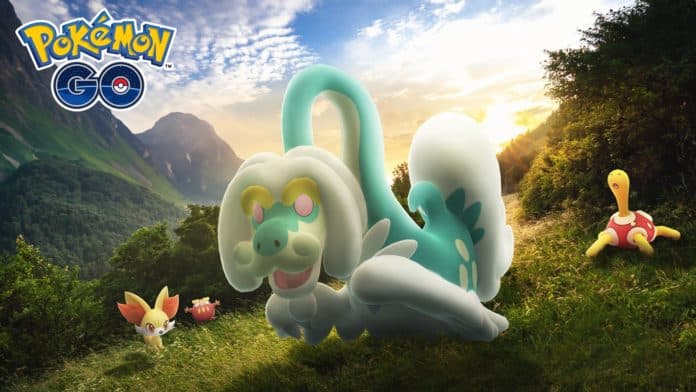With the announcement Lunar New Year 2024 event in Pokémon GO, trainers can find loads of Dragon types to catch and the fanbase couldn’t be more excited! But among the various Dragons up for grabs, none has set fans abuzz as much as the beloved Drampa!
Introduced in the Alola region as a counterpart to Turtonator, this Pokémon caught the attention of every player due to its Normal/Dragon type combo, unique design, and surprising display of brute power in battle.
That said, as you will find out in this article, there’s more than meets the eye when it comes to Snoop Dragon 😉
We will get high to the places where Sno… I mean, Drampa resides (atop the mountains, y’all!), and explore the design particulars, deep lore, and bits of science behind this fan-favorite Dragon.
In the end, you will surely appreciate Drampa a lot more than what you do at this point! 😀 So without any further ado, let’s begin!
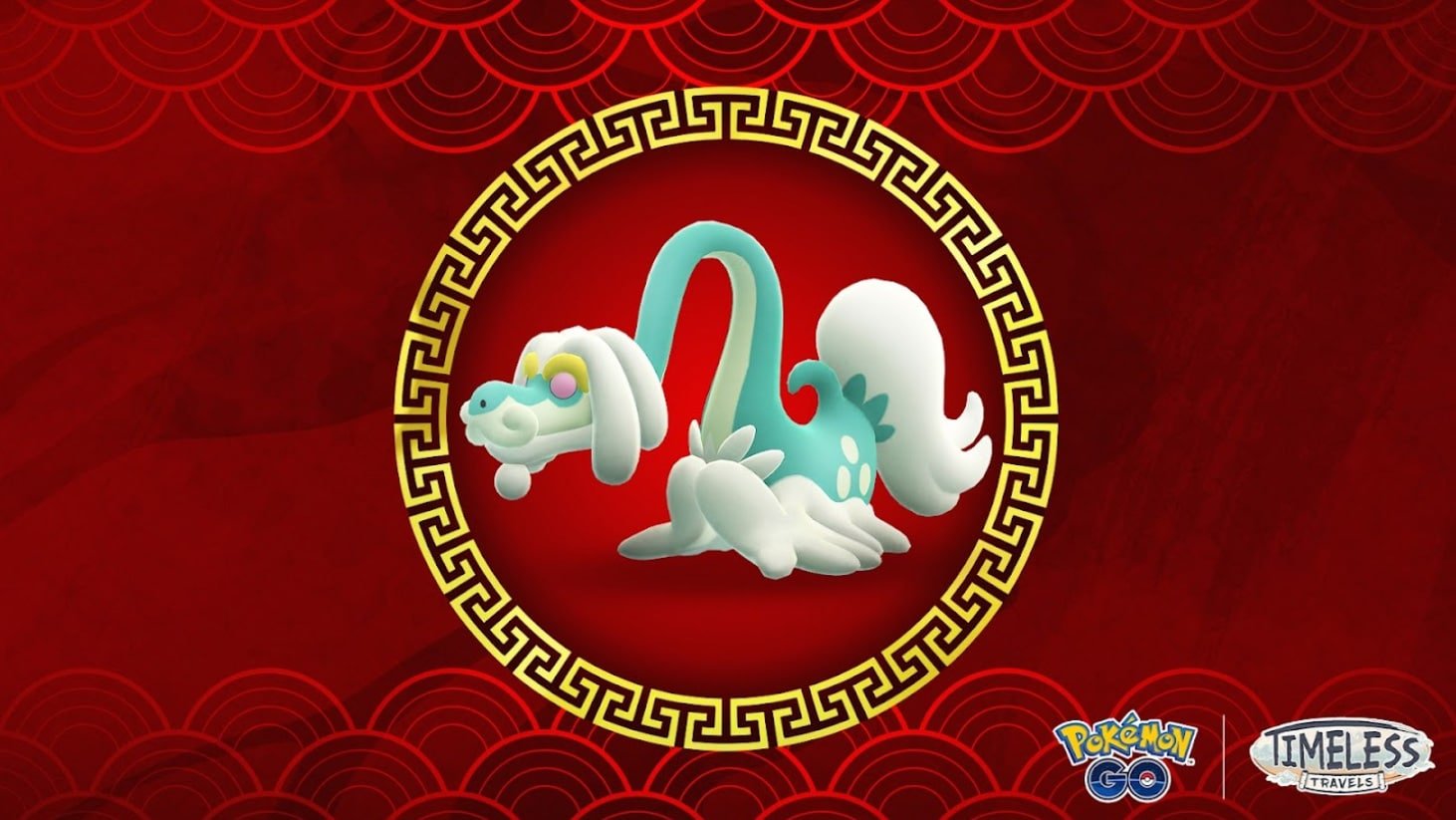
Grandpa Dragon
Right off the bat, it’s pretty obvious that Drampa resembles an old man, going by its facial features, ‘hair,’ and more so, its Dex entries of being friendly and super caring towards kids.
In fact, its name ‘Drampa’ is a wordplay on ‘Grampa,’ a term popularly used for grandfathers, with the ‘Dra’ denoting a dragon.
And finally, the Pokémon itself resembles the typical moniker of a Chinese dragon as it literally gives off that vibe.
But guess what? It’s based on not just any Chinese dragon, but the Chinese dragon Zhulong.
Zhulong
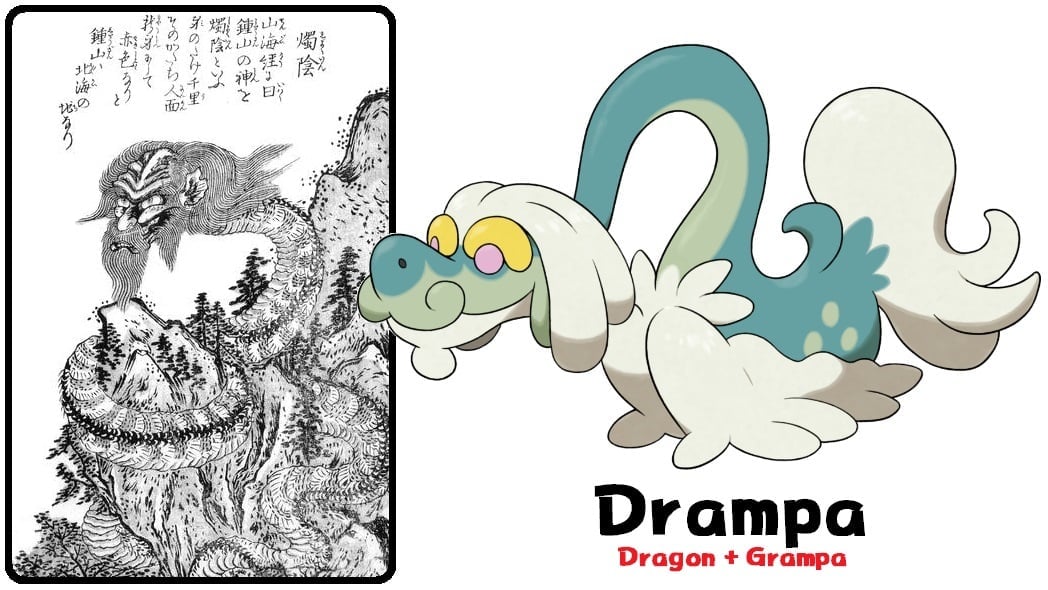
Zhulong reflects the very basic design inspiration for Drampa and as evident from the image above, it is a serpentine dragon with the face of an old man.
As per Chinese mythology, Zhulong is a powerful dragon that can control day and night by opening and closing its eyes respectively. Furthermore, its (dragon) breath can cause strong winds, and as we will soon see, winds are a crucial element of Drampa.

Also, it is known as the ‘Torch Dragon’ and this goes with Drampa beautifully!
Torch Dragon
Drampa’s infamous Moon entry read: “This Pokémon is friendly to people and loves children most of all. It comes from deep in the mountains to play with children it likes in town.”
But its Ultra Sun entry is probably more popular! “If a child it has made friends with is bullied, Drampa will find the bully’s house and burn it to the ground.”
Burn it to the ground… torch it to the ground. Lit!
With its lore and basic design elements sorted, let’s now delve into the deeper aspects of its fabulous design and then sail into its scientific details.
Cumulus Clouds

Cumulus clouds have a flat base, are well-formed, and are usually distributed in clusters. They are more or less regular clouds you see on a normal or placid day, meaning pleasant and uneventful weather conditions.
But hang on… what’s Drampa categorized as?
Oh yes… the Placid Pokémon!
As such, Drampa, who can fly (and I’ll tell you why), looks like a dragon soaring through the clouds, a representation commonly shown in pop culture and art.
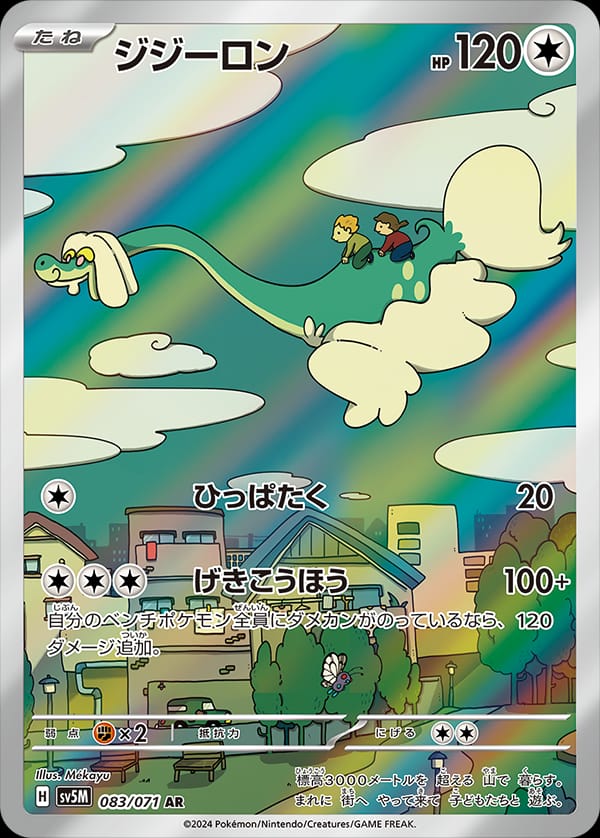
In fact, even the mighty Rayquaza couldn’t resist showing off this cool draconic flex of flying across clouds!

This brings us to a stark detail in Drampa’s design… it literally represents the sky, the whole of it!
Sky (Regular & Shiny Drampa): Pokémon Dawn & Dusk
Remember Zhulong can cause day and night by opening and closing its eyes. Well, turns out that this is even implemented in Drampa’s design, particularly its colors.
First, let’s check out the regular and shiny versions of Drampa side-by-side.
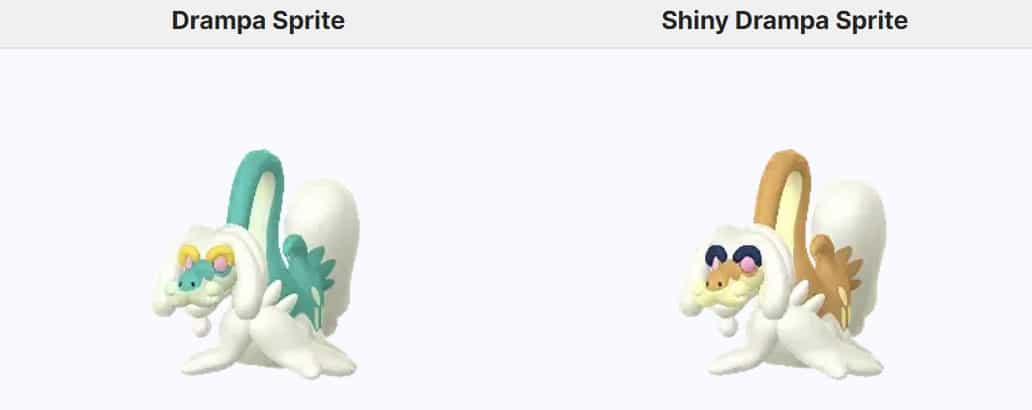
Regular Drampa
We have established that Drampa represents the sky, but if you check out regular Drampa’s colors, it shows bluish hues amidst clouds… and that’s dawn, denoting the outset of the day (morning) that Zhulung causes by opening its eyes.
That’s not all! The yellow-colored ‘eyebrows’ of Drampa indicate brightness, the gradual shift from dawn to daytime!
Shiny Drampa
In the same vein, shiny Drampa’s orange hues amidst clouds represent the advent of dusk, created when Zhulung closes its eyes.
Drampa’s black-colored eyebrows indicate darkness, the gradual shift from dusk to nighttime!
Eyes
In Chinese culture, dragon figurines are often made out of rose quartz, or pink crystal, symbolizing happiness, love, and balance in life, giving people a better perspective of the world.

So it’s wise to ‘see’ the world through the perspective of the pink crystal, seemingly ‘purifying’ your outlook of the world. Drampa’s eyes reflect that notion.
Now, why not check out how scientific Drampa can be? 💡
U-type Gauge to Measure Pressure
Winds are caused by pressure differentials across the sky and Drampa is an embodiment of the same.

Ever wondered why Drampa’s long neck looks the way it does?
Well, that’s because Drampa technically needs to measure pressure variations in the air to fly and adjust to the dip in pressure when goes to the highest mountain peaks it calls home or the spike in pressure when it comes down to play with kids and burn bullies for good.
So, its characteristic necks looks like a U-type pressure gauge to help it keep a tab on the magnitude of pressure.
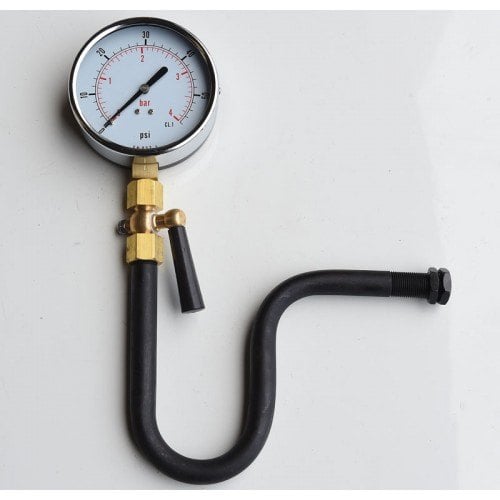
See? Cool, isn’t it?! 😎
Siphon effect

The siphon effect involves the ‘self-transfer’ of fluid through an inverted tube that creates a pressure differential between the interiors of the tube and the surface of the water. So, this system acts like an automatic pump, sending fluid from one end to the other by reasonably strong suction force inside the tube.
In Drampa’s case, its inverted U-type neck can not only measure pressure but also transfer fluid within its body. And what is the fluid movement involved here? Wind, helping it fly high and surmount the base of mountains hassle-free.
Neat, eh?
Bernoulli’s principle
This part is an extension of the siphoning effect in Drampa.

Imagine the left of the illustration as Drampa’s body and the right as its neck.
As wind flows from Drampa’s wider body to its neck, the suction force, which is of a lower magnitude than the pressure on Drampa’s body, results in a higher velocity output in the forward direction, helping Drampa control the speed of its flight.
Psi
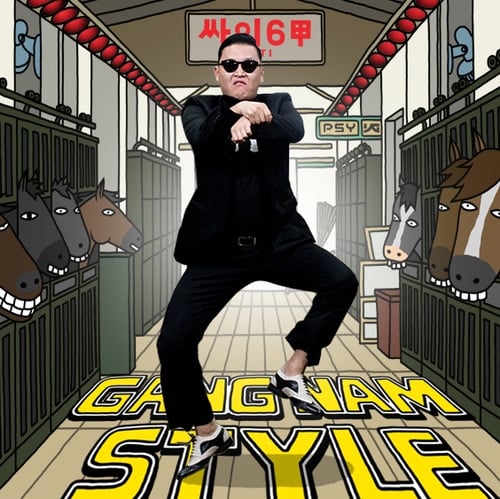
NO, NO…. not that Psy! Snoop Dragon will suffice!
I meant, this psi:

Psi, or pounds per square inch, refers to the Imperial unit of pressure.
But it’s not just the pressure unit that’s relevant for Drampa… it’s also the symbol of psi!
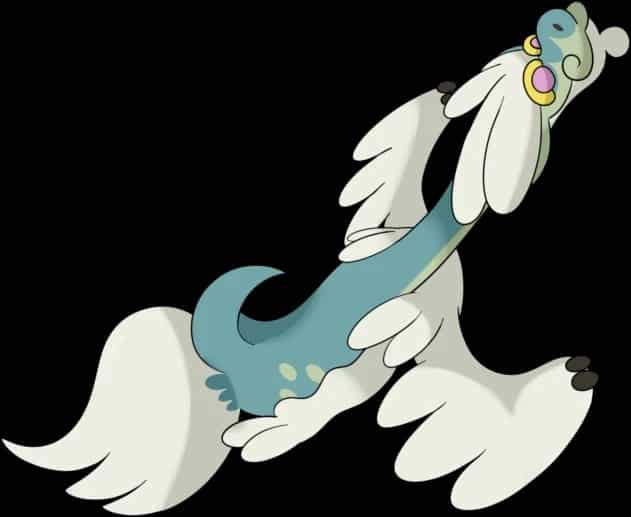
If you check out the above stance of Drampa in flight, you will find that its shape resembles the symbol of psi: Ψ
Amazing! 
Parting words
Drampa is an incredible Pokémon that has a lot going on in its design, lore, and science. It embodies the concept of pressure, wind, day, and night, and incorporates these elements flawlessly, giving fans so much to appreciate about this species.
With Drampa finally in Pokémon GO, I hope you’re more excited for this dragon, and until next time when I take on another dragon, all the best for the grind trainers!
If you like what you read and are interested in more articles covering the lore, design, and science of Dragon Pokémon, be sure to check out the following:
Garchomp | Baxcalibur | Hydreigon | Zygarde
Dracarys.

